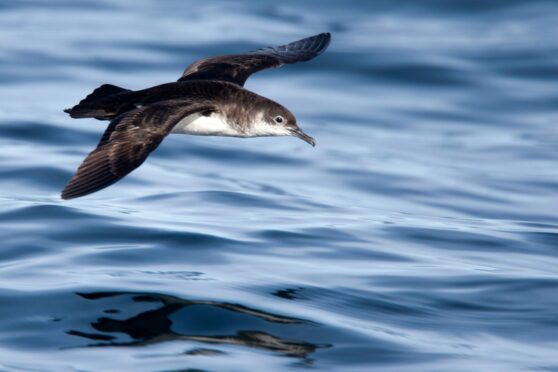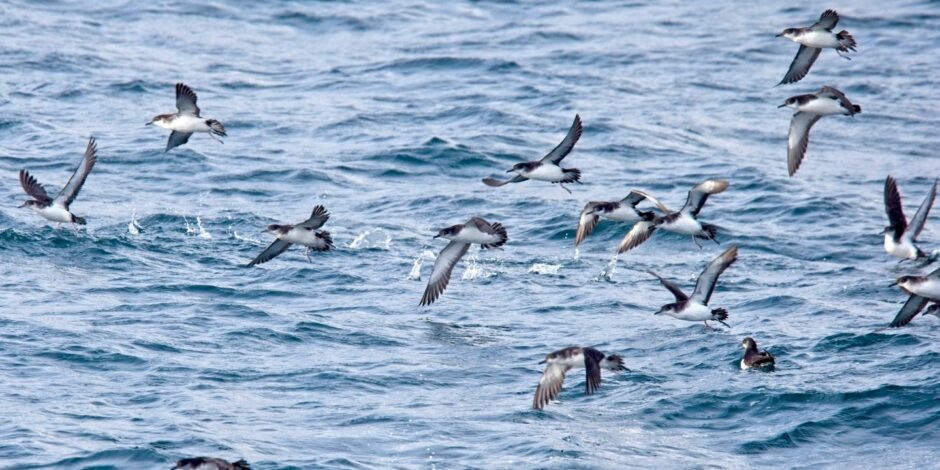A threatened and remarkable bird species on a remote Hebridean island has been hit by bird flu.
More than 60,000 pairs of manx shearwaters breed on Rum.
But a bird found dead in one of the colonies has tested positive for avian flu, prompting pleas to walkers to avoid parts of Rum Cuillin to protect the wider population.
NatureScot is advising that walkers avoid the slopes and summits of Barkeval, Hallival, Askival and Trollabhal, as this is where the Manx Shearwaters nest in burrows, under scree and in cairns.
The temporary measure will run until mid-October, when the chicks have fledged and the birds have returned to sea.
The chicks fledge from the mountains of Rum before flying to their wintering grounds in South America.
Other walking routes on Rum are not affected by this advice; nor are Ainshival and Sgurr nan Gillean.
‘Best possible chance of survival’
Mountaineering Scotland was consulted on the proposal and is pleased to see restrictions are limited to where the nesting burrows are, and for the breeding season.
In a statement, the agency said: “They have evidence that H5N1 strain of avian flu which is currently killing seabirds in Scotland is present within the Manx Shearwater population on Rum.
“A bird found dead in the colony in July tested positive for this avian flu strain, and two chicks which were found dead in nests at the beginning of August are also being tested.
“The Rum National Nature Reserve supports approximately a third of the global population of breeding Manx Shearwaters, which is therefore an internationally important breeding colony for this bird species. NatureScot are advising that limiting disturbance and the potential spread of the H5NI virus by people gives these special seabirds the best possible chance of survival and recovery.”
Long-living birds
Manx shearwaters are incredibly long-lived with the oldest recorded from ringing studies at 50 years, 11 months and 21 days.
However, each year some of the young birds can become disorientated by outside lights left on in Kinloch and surrounding villages, and particularly Mallaig on the mainland.
They often crash land close to the light source and many are then killed by gulls, crows, cats or dogs.
The Rum colony is unique in that it is in the high mountains of the island as this is not usually the favoured habitat of the species.
Chicks fledging this year are unlikely to return to the colony next year as they do not return until they are three years old. They first breed at around five years old.


Conversation